- Home
- Articles
- Architectural Portfolio
- Architectral Presentation
- Inspirational Stories
- Architecture News
- Visualization
- BIM Industry
- Facade Design
- Parametric Design
- Career
- Landscape Architecture
- Construction
- Artificial Intelligence
- Sketching
- Design Softwares
- Diagrams
- Writing
- Architectural Tips
- Sustainability
- Courses
- Concept
- Technology
- History & Heritage
- Future of Architecture
- Guides & How-To
- Art & Culture
- Projects
- Interior Design
- Competitions
- Jobs
- Store
- Tools
- More
- Home
- Articles
- Architectural Portfolio
- Architectral Presentation
- Inspirational Stories
- Architecture News
- Visualization
- BIM Industry
- Facade Design
- Parametric Design
- Career
- Landscape Architecture
- Construction
- Artificial Intelligence
- Sketching
- Design Softwares
- Diagrams
- Writing
- Architectural Tips
- Sustainability
- Courses
- Concept
- Technology
- History & Heritage
- Future of Architecture
- Guides & How-To
- Art & Culture
- Projects
- Interior Design
- Competitions
- Jobs
- Store
- Tools
- More
Explore Stylish and Sustainable Design Ideas for Modern Interiors
Discover the perfect blend of style and sustainability for your modern interior spaces. Explore how recycled materials, energy-efficient lighting, and smart technology can create elegant yet eco-friendly homes. Learn about minimalist designs, innovative upcycling ideas, and the importance of durability in decor.
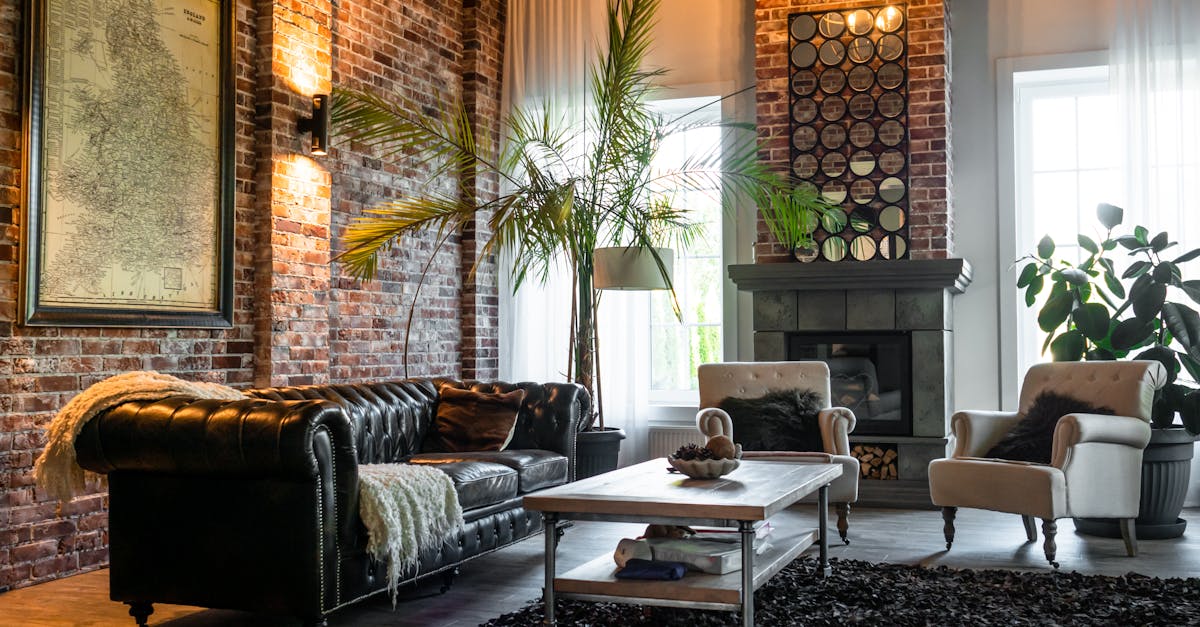
In today’s world, where style meets responsibility, modern interiors are taking a transformative turn. We’re all about creating spaces that not only look good but also do good. The demand for stylish and sustainable design is growing as more of us seek to make eco-friendly choices without compromising on aesthetics.
Our homes are reflections of our values, and incorporating sustainable elements into interior design allows us to express our commitment to the planet. From recycled materials to energy-efficient lighting, there’s a wealth of innovative ideas that blend sustainability with style. As we explore these trends, we’ll discover how to create living spaces that are as kind to the environment as they are captivating to the eye.
Let’s dive into a world where design meets sustainability, and explore how we can transform our interiors into modern sanctuaries that celebrate both beauty and responsibility.

Table of Contents
ToggleUnderstanding Modern Sustainable Design
Modern sustainable design blends aesthetic appeal with environmental consciousness. This approach focuses on minimizing ecological impact while maintaining stylish interiors. By choosing materials with lower carbon footprints and efficient production processes, we reduce negative effects on our planet.
Key elements in sustainable design include using recycled materials and incorporating energy-efficient features. Recycled materials, like reclaimed wood examples, add character and history to a space. Energy-efficient elements, like LED lighting and low-flow fixtures, significantly cut energy use and support sustainability.
Another aspect of sustainable design is the emphasis on longevity and durability. We choose furnishings and decor that stand the test of time to reduce waste and resource consumption. Durable items ensure that interiors maintain their beauty without frequent replacements, aligning with eco-friendly principles.
Lastly, indoor air quality plays an essential role. We select paints, finishes, and materials low in volatile organic compounds (VOCs) to ensure healthy interiors. Prioritizing air quality benefits both human health and environmental well-being.
Key Elements Of Stylish Interiors
Combining elegance with sustainability defines modern interior design. Essential elements focus on functionality, aesthetics, and environmental consciousness.
Minimalism And Functionality
Minimalism revolves around simplicity and utility. We emphasize clean lines and uncluttered spaces to create a sense of calm. Functionality is paramount; every piece should have a purpose. By selecting versatile furniture (e.g., a sofa bed) and smart storage solutions (e.g., under-bed drawers), we ensure our spaces are both stylish and practical. This approach not only enhances aesthetics but also aids in sustainable living by limiting unnecessary consumption.
Use Of Natural Materials
Natural materials augment stylish interiors while supporting sustainability. We prioritize the use of resources such as wood, stone, and cotton. Wood options like reclaimed barnwood create warmth and add uniqueness. Stone surfaces, such as marble countertops, offer timeless elegance. By choosing organic textiles for upholstery and curtains, we enhance comfort and reduce environmental impact. These materials not only infuse spaces with beauty but also reflect eco-friendly principles by reducing reliance on synthetic alternatives.

Innovative Design Ideas
In modern interiors, combining innovation with sustainability creates spaces that are stylish and responsible. Below are some ideas that embrace this approach.
Upcycling And Repurposing
Transforming discarded items into functional decor reduces waste and adds unique character to interiors. For example, turning old ladders into shelving units or using vintage suitcases as coffee tables not only gives items a second life but also infuses personality into decor. By applying creativity to items that might otherwise be discarded, we enhance sustainability and contribute to a circular economy.
Energy-Efficient Lighting
Energy-efficient lighting solutions, such as LEDs and smart bulbs, provide excellent illumination while conserving energy. Using LED lights, which consume up to 75% less energy than incandescent bulbs and last up to 25 times longer, minimizes environmental impact. Installing smart lighting systems, which adjust brightness based on activity or time of day, further optimizes energy usage, turning simple lighting choices into eco-friendly decisions.
Incorporating Technology In Design
Technology’s role in modern interior design marries style with sustainability. By integrating smart innovations, our interiors become more efficient and environmentally responsible.
Smart Home Solutions
Smart home solutions enhance both functionality and sustainability. These systems include smart thermostats and lighting, allowing us to control energy consumption effortlessly. Smart thermostats adapt heating and cooling schedules based on user patterns, reducing energy usage. Meanwhile, smart lighting systems offer customization from remote devices, letting us adjust brightness and colors to match different moods or times of day. Home automation extends beyond energy, integrating security systems and appliances for increased convenience and safety.
Sustainable Technology
Sustainable technology further drives eco-friendly design. We see innovations like solar panels and energy-efficient appliances making a significant impact. By harnessing solar panels for power, homes decrease reliance on fossil fuels, promoting clean energy use. Energy-efficient appliances, such as refrigerators and washing machines with high efficiency ratings, lower household energy consumption and utility costs. Green building certifications, such as LEED, encourage these advancements by recognizing homes that excel in sustainability.

Real-World Examples Of Sustainable Interiors
Real-world examples of sustainable interiors showcase the successful merging of style and eco-friendliness.
1. Green Roof Integrations
Urban homes like those in Brooklyn, New York, integrate green roofs. These installations provide natural insulation, reduce stormwater runoff, and support urban biodiversity. They contribute to energy efficiency by lowering heating and cooling needs.
2. Reclaimed Wood Accents
Restaurants and hotels often use reclaimed wood for flooring and feature walls. The Ace Hotel in Portland incorporates salvaged timber, ensuring unique aesthetics while minimizing deforestation impacts. This use of recycled materials adds warmth and texture to spaces.
3. Energy-Efficient Lighting
The Edge building in Amsterdam exemplifies cutting-edge energy-efficient design. It utilizes LED lighting that adjusts to daylight levels and occupancy, optimizing energy use. This smart lighting system reduces electricity bills and lessens environmental impact.
4. Minimalist Furnishings
The Muji Hotel in Tokyo features minimalist furnishings that emphasize sustainability. By using simple designs with multifunctional features, they reduce material usage. This approach aligns with eco-conscious values without compromising elegance.
5. Eco-Friendly Paints and Materials
Offices like Google’s headquarters use low-VOC paints and materials to ensure healthier working environments. These choices enhance indoor air quality and reflect a commitment to the well-being of employees while maintaining modern aesthetics.

Conclusion
By integrating stylish and sustainable design concepts, we can transform our modern interiors into spaces that embody aesthetic and eco-conscious values. Prioritizing recycled materials and energy-efficient technologies allows us to reduce our carbon footprint while enhancing the beauty of our homes. Our choices in furnishings, lighting, and decor have the potential to reflect a commitment to the environment with elegance and functionality. Through innovative solutions such as upcycling and smart home systems, we contribute to a sustainable future, ensuring our interiors remain chic and responsible.
Submit your architectural projects
Follow these steps for submission your project. Submission FormLatest Posts
2026 Design Trends: From Imperfection to Emotional Expression
Design trends in 2026 reflect a clear shift toward authenticity, emotion, and...
The Art of the Streetscape: How Thoughtful Design Builds Stronger Communities
Ever walk down a street and just feel… good? Like there’s something...
Creating Your Dream Backyard Oasis: Design, Structures, and Maintenance
Australian homeowners are rediscovering the value of their outdoor spaces like never...
10 Common Architectural Symbols and Their Meanings
Architectural drawings rely on symbols to communicate complex ideas quickly and clearly....




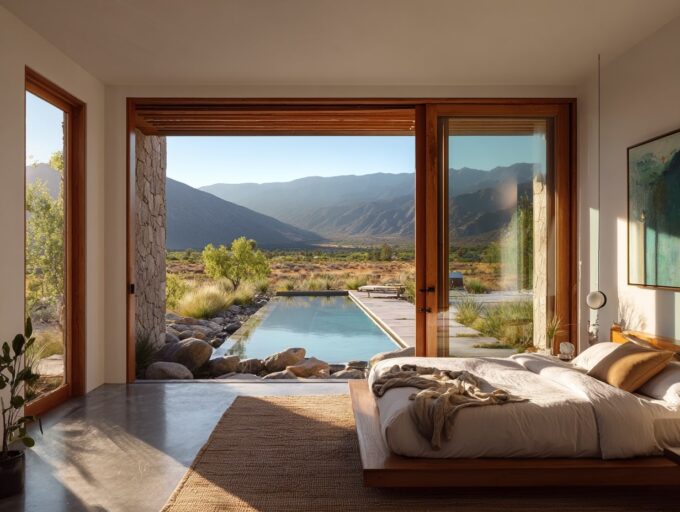

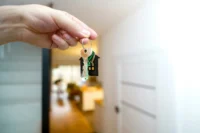


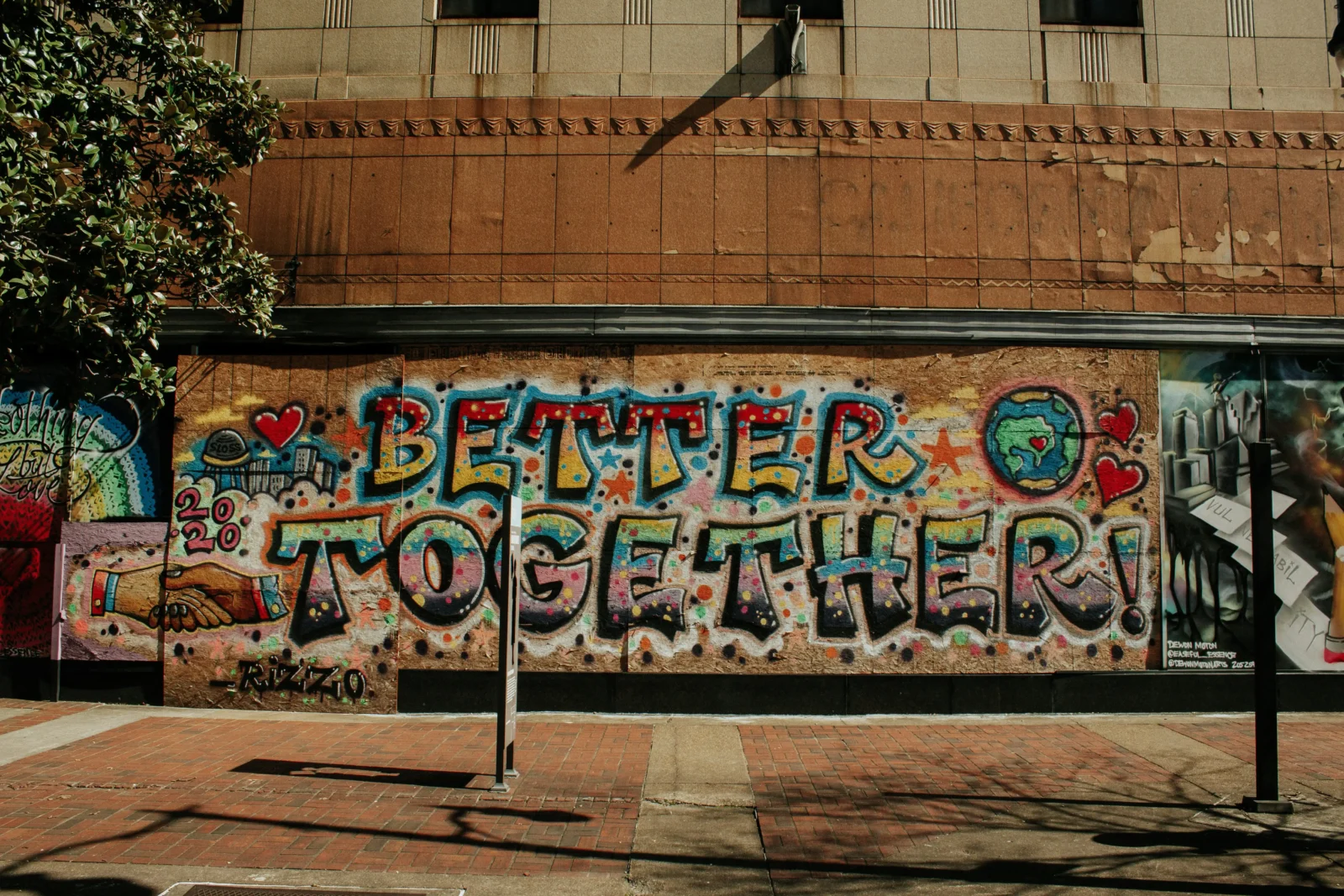
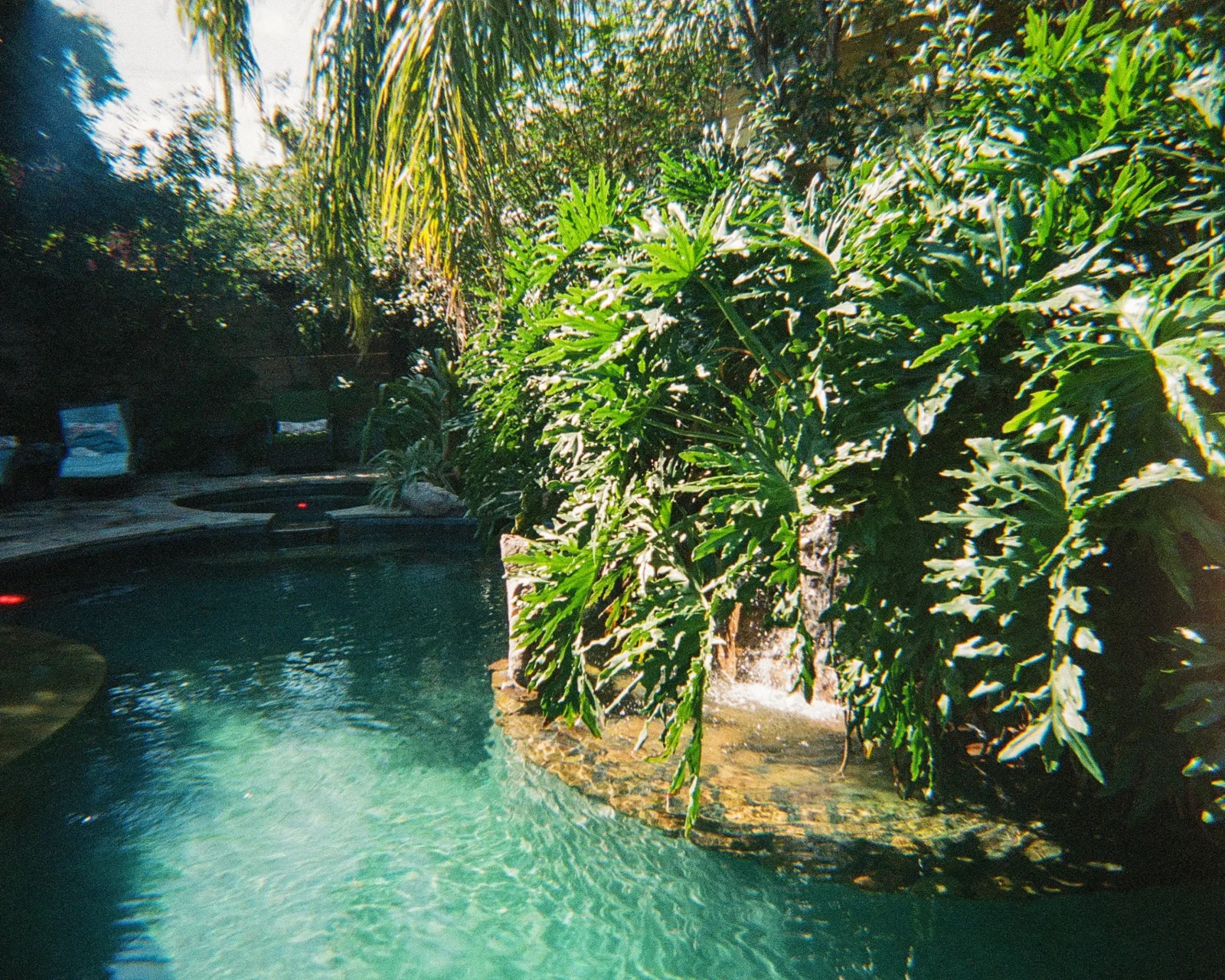

Leave a comment